Blue porcelain cup Masao Tagai
Blue porcelain cup Masao Tagai
Couldn't load pickup availability
Width: 8.8cm x 8.8cm Height: 3.2cm
Celadon cup by Masao Tagai
1. Overview of the work
This high-sided sake cup has a pale sky blue glaze, called "Ukatensei." The cup is almost horizontal and shallow, with a slightly curved outer edge, which reflects light like the surface of a lake. A thin, unfinished rim reveals a silver-gray iron rim , giving the clear blue a crisp finish. The base that supports the cup is a neat cylinder, and the balance of volume between the top and bottom is reminiscent of the elegance of Song Dynasty celadon, while the cup has a minimalist appearance that looks great on a modern dining table.
2. Shape and design
| part | Shape characteristics | Functional and aesthetic effects |
|---|---|---|
| Mouth rim | Very thin chamfer + iron edge | It feels smooth on the lips and develops a dark luster and texture over time. |
| Sake cup | Shallow dish-shaped, slightly valgus proportions | It absorbs the color of the sake widely and gently releases the aroma and light. |
| Heights | Low cylindrical stand | The center of gravity is kept low, making it easy to hold in your palm and less likely to tip over. |
3. Glaze and firing techniques
Glaze design : By adjusting the ferric oxide and performing a process called "reduction removal" in which the ferric oxide is lightly oxidized after high-temperature reduction, a pure blue color with no reddish tinge is achieved.
Control of micro-crazing : The expansion coefficients of the clay and glaze are nearly identical to suppress noticeable cracking. Very fine ice cracks appear on the surface and shimmer like mist depending on the angle of the light.
Mirror finish : After firing, the pottery is heated again at a low temperature to remelt the surface of the glaze, giving it a moist luster and depth.
4. Historical and cultural background
Takahana-style sake cups have their origins in Chinese banquet cups and Buddhist offerings from the Song and Yuan dynasties, and were introduced to Japan as Chinese goods during the Kamakura and Muromachi periods. As the pale blue surface of the cup beautifully highlights the pale gold color of rice wine, Momoyama tea masters prized them as "play cups" and used them at drinking parties in sukiya-style houses. Based on the clarity of Longquan celadon, Tagai Masao has reconstructed them into lightweight Takahana cups suitable for modern drinking ceremonies, adding a nuance of wabi with iron rims and thin construction.
5. How to enjoy it with alcohol
| Sake Type | Recommended temperature | Synergistic effect with the vessel |
|---|---|---|
| Ginjo and Daiginjo | 8–12 °C | The wide opening diffuses the fragrance softly, and the blue glaze emphasizes the transparency. |
| Junmai/Honjozo | 15–20 °C | The thinness of the cup conveys the temperature of the sake directly, allowing you to feel the balance of umami and acidity. |
| Kijoshu and Aged Sake | Around 35℃ (lukewarm) | The astringency of the iron rim contrasts nicely with the amber color of the sake, deepening the aged aroma. |
6. Points to note when viewing
Depth of the glaze layers – When light hits it from an angle, the milky layers appear to float like clouds, highlighting the depth of the blue.
The beauty of the aged iron rim – the more it is used, the darker the luster becomes, and the richer the contrast with the pale blue becomes.
Shadow of the Tall Base – The circular shadow cast by the base creates a quiet rhythm on the table and emphasizes the lightness of the sake cup.
7. Conclusion
This "Celadon Cup" is a "serene light in the palm of your hand" that combines the serenity of the clear blue, the neat high-cup shape, and the wabi taste of the iron rim. The expression of the surface of the cup changes with each sip, and the process of the ice cracks faintly fading over time overlaps with the memory of the sake and weaves a profound story. Please use it for a long time and enjoy the changing of the celadon with seasonal sake.
Share
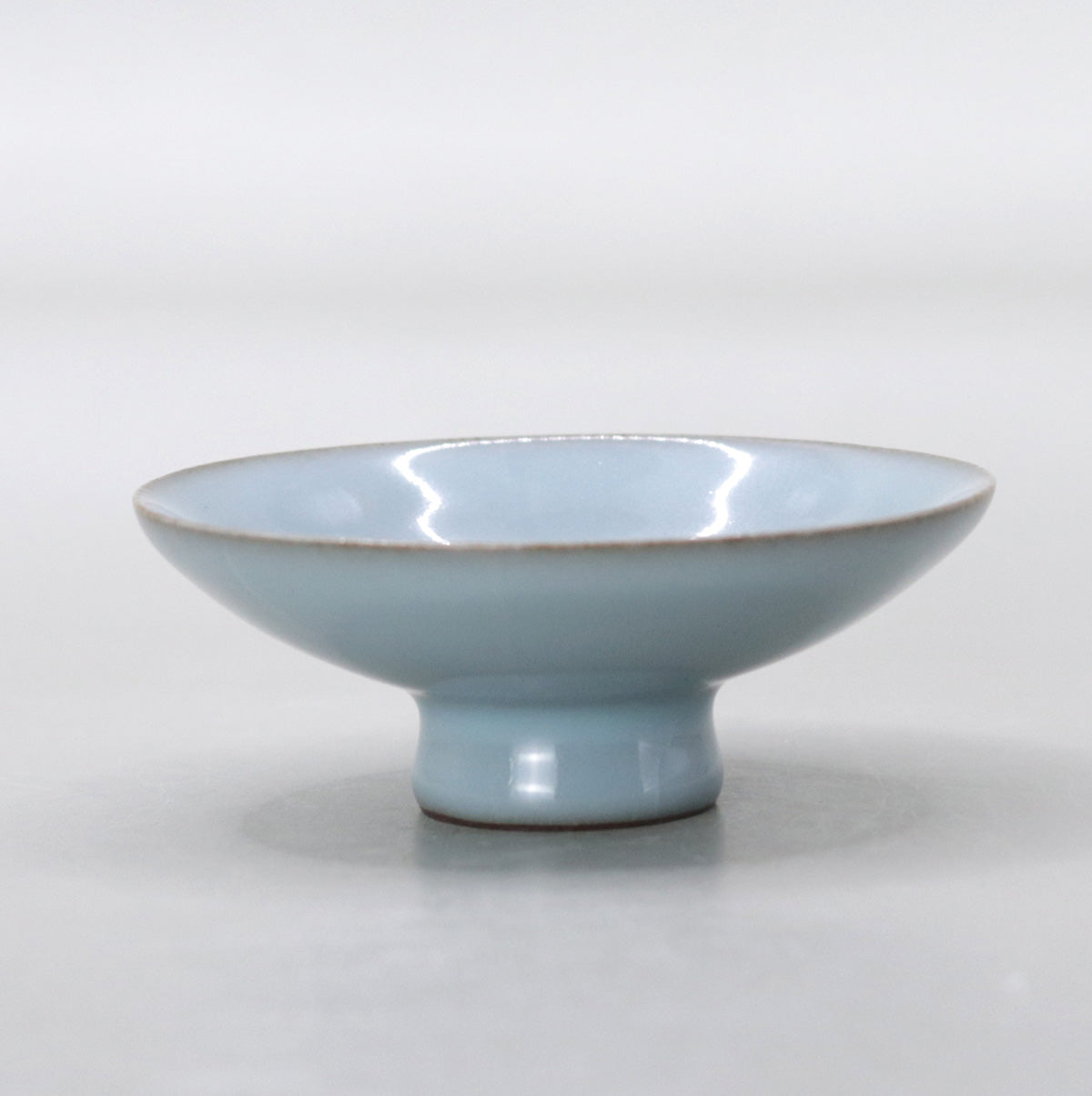
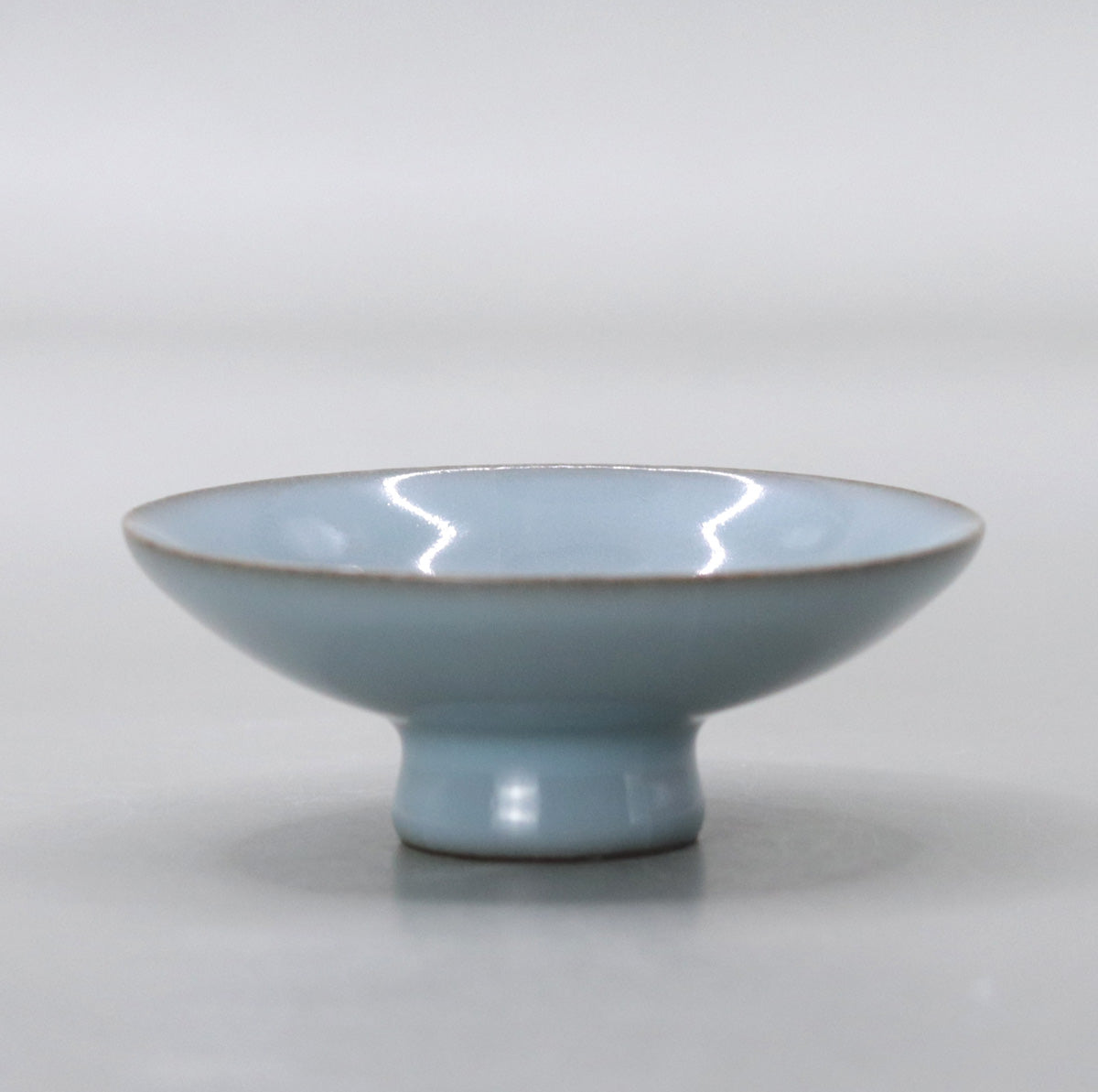
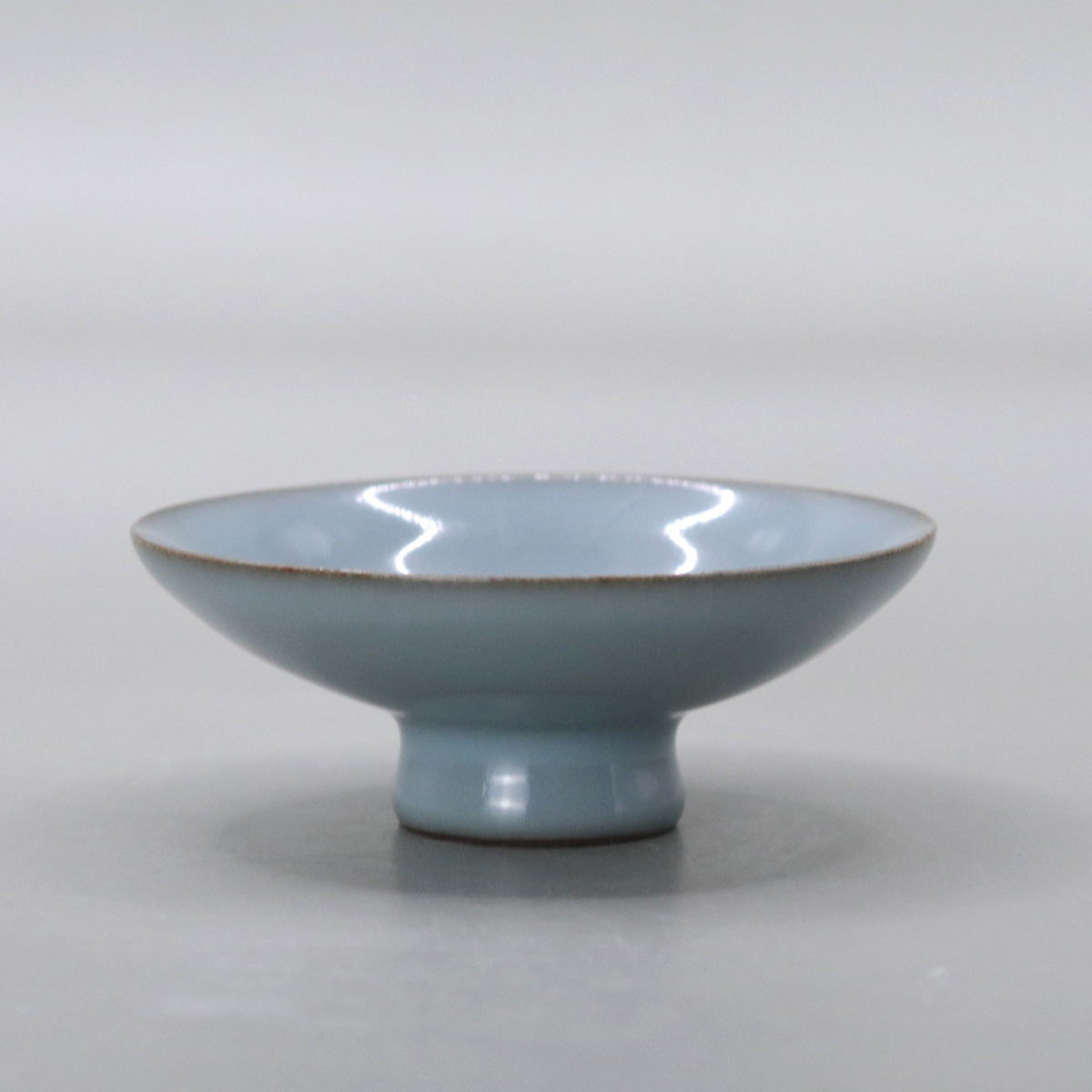
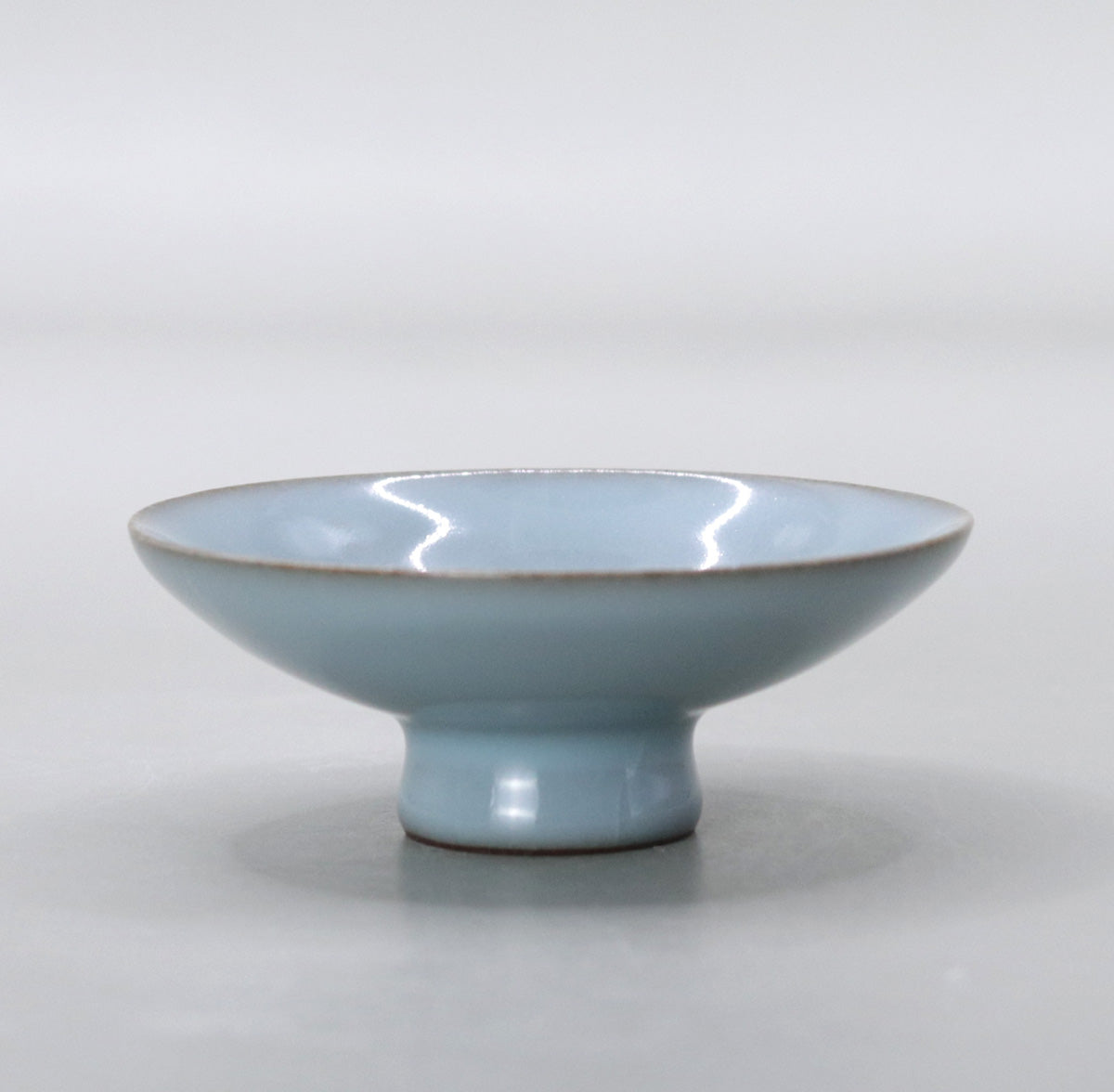
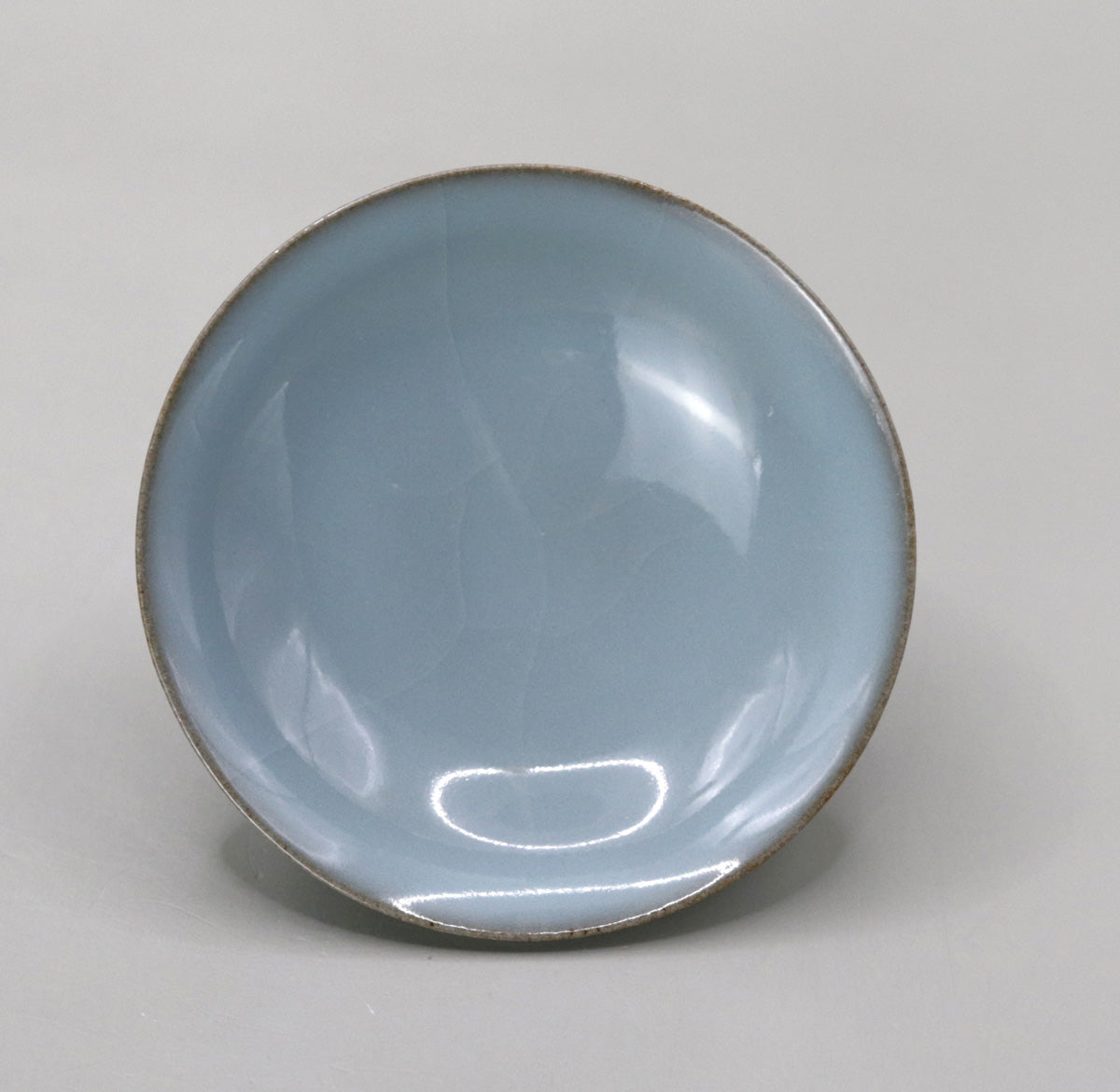
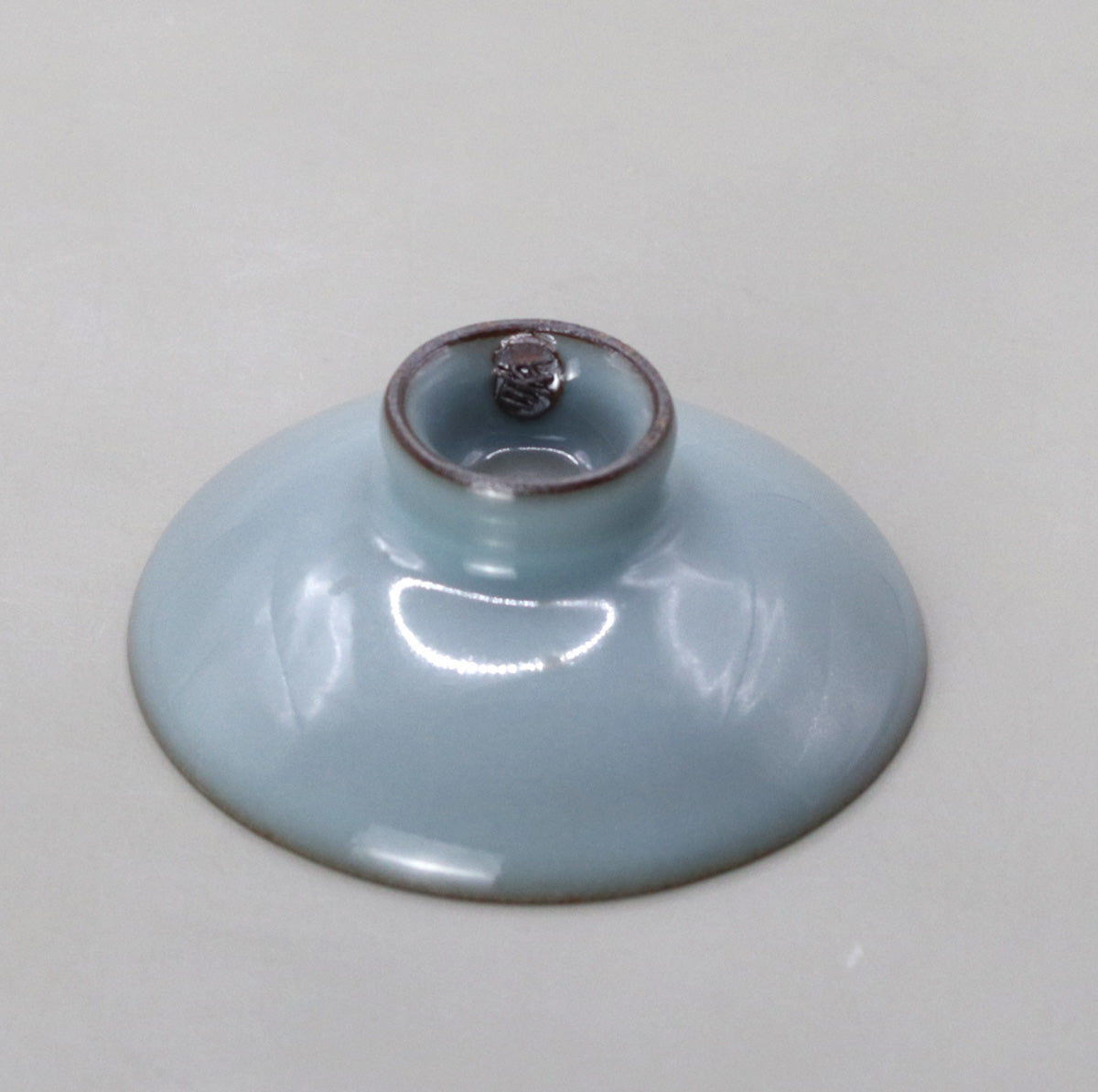
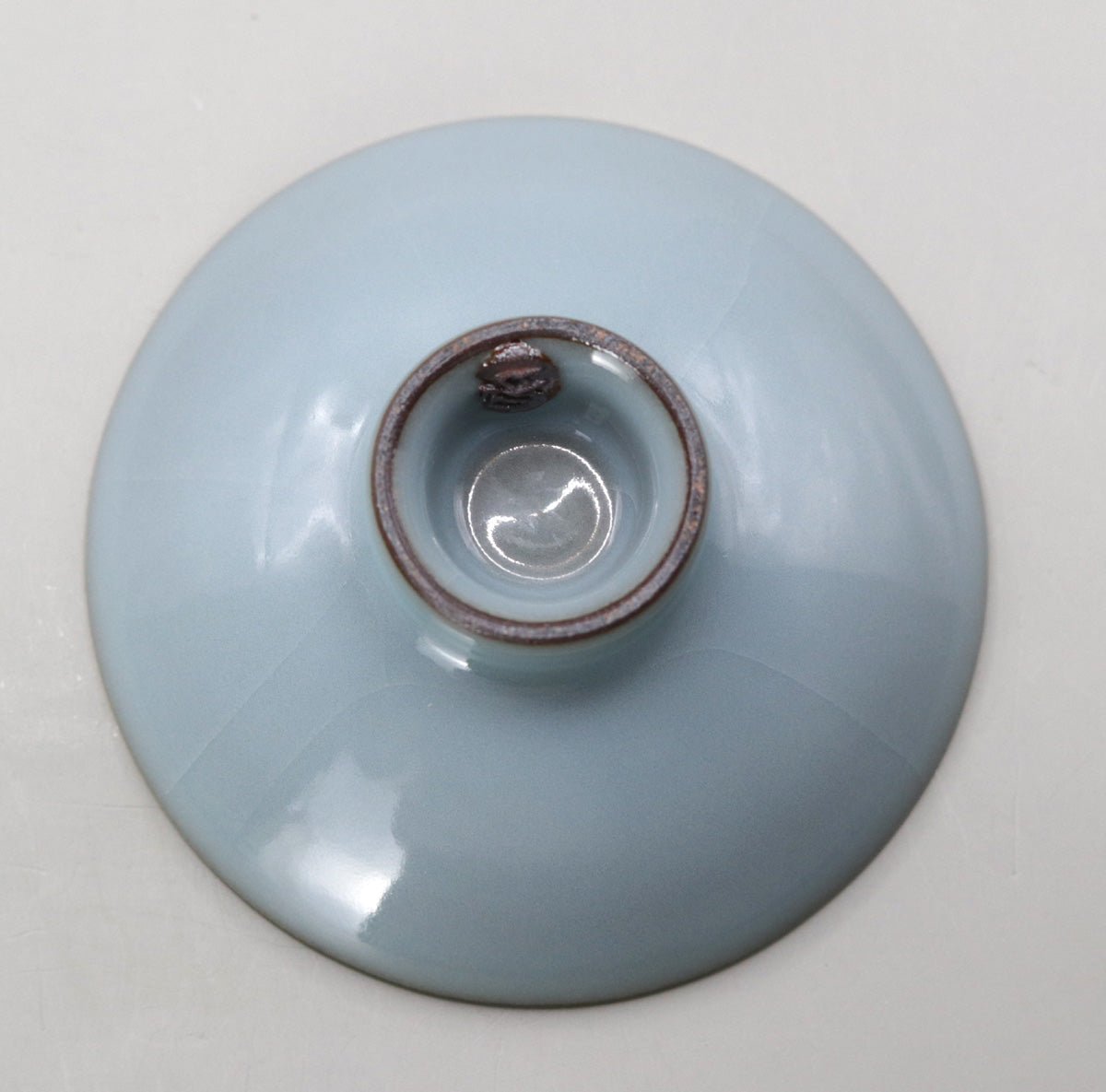
Multi-Column
-
[I will send it to you quickly and carefully]
We carefully package each product in a way that suits it best.
Also, delivery times vary depending on the piece (vessel, etc.).
Items that already come with a box will be shipped within 1-3 days of the order date.
For items that require a box to be made after your order, it will take approximately 30 days for production to be completed and then shipped.
In either case, once we have confirmed your order, we will contact you by email to inform you of the delivery date.
-
[Requests when purchasing pottery]
Even products that look the same may differ slightly in color, shape, size, etc.
The way the glaze is used, the power of the kiln, the firing method, the season, and the humidity also affect the appearance of the pottery.
Please understand the individuality of each piece of pottery and enjoy the unique warmth of handmade.







